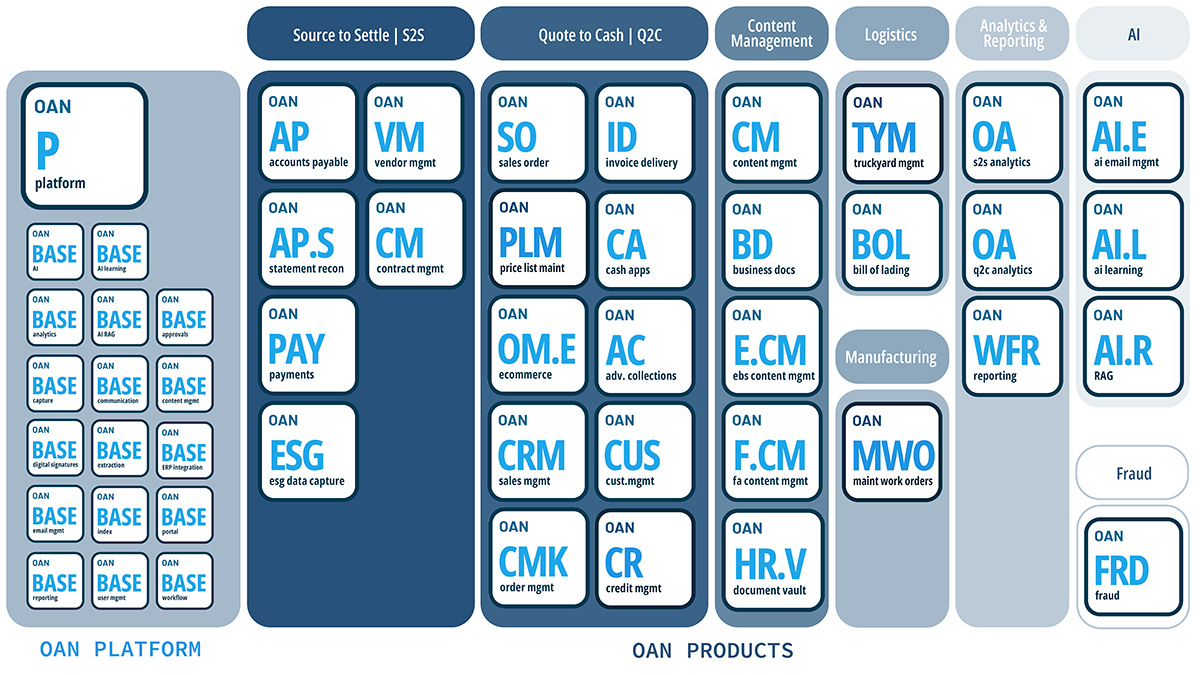In an era of technological advancement and digital innovation, organizations across industries increasingly embrace paperless initiatives as a strategic imperative for driving operational efficiency, enhancing collaboration, and reducing environmental impact.
Going paperless involves digitizing manual, paper-based processes and transitioning to electronic alternatives, such as digital documents, electronic signatures, and cloud-based storage solutions.
In this article, we’ll unfold the compelling reasons for organizations to go paperless, examining the transformative benefits, key considerations, and best practices for successful implementation.
1. Cost Savings and Efficiency
One of the primary drivers behind the move to paperless operations is the potential for significant cost savings and efficiency gains. Paper-based processes incur printing, storage, and document management expenses, which can quickly add up. Organizations can eliminate these costs and streamline processes by transitioning to digital documents and electronic workflows, resulting in greater operational efficiency and cost savings. Moreover, digital documents can be accessed, edited, and shared instantaneously, reducing the time and resources required to manage paper-based workflows.
2. Improved Accessibility and Collaboration
Digital documents and cloud-based storage solutions offer unparalleled accessibility and collaboration capabilities, enabling employees to access and collaborate on documents from anywhere, anytime, and on any device. Unlike paper documents, which are often confined to physical filing cabinets or office spaces, digital documents can be accessed remotely, facilitating seamless collaboration among distributed teams and remote workers. Moreover, cloud-based collaboration platforms provide features such as real-time editing, version control, and commenting, enhancing teamwork and productivity across the organization.
3. Enhanced Security and Compliance
Security and compliance are paramount for organizations, particularly in industries involving sensitive or confidential information. Paper-based documents are susceptible to loss, theft, or damage, posing security risks and compliance challenges. Digital documents, on the other hand, can be encrypted, password-protected, and backed up securely to prevent unauthorized access and ensure data integrity. Furthermore, digital document management solutions offer audit trails, access controls, and compliance monitoring capabilities, enabling organizations to demonstrate compliance with regulatory requirements and industry standards.
4. Environmental Sustainability
The environmental impact of paper consumption is a growing concern for organizations seeking to minimize their carbon footprint and promote sustainability. Going paperless reduces the demand for paper products, conserving natural resources, reducing greenhouse gas emissions, and mitigating deforestation. Moreover, digital documents eliminate the need for printing and disposal of paper waste, reducing environmental impact. By embracing paperless initiatives, organizations can align with sustainability goals, enhance their corporate social responsibility (CSR) efforts, and contribute to a greener, more sustainable future.
5. Enhanced Customer Experience
Digital transformation enables organizations to deliver a seamless and personalized customer experience by leveraging digital documents, electronic signatures, and self-service portals. Instead of relying on paper-based processes that may be slow, cumbersome, and error-prone, organizations can offer customers digital channels for accessing information, submitting documents, and completing transactions online. This improves customer satisfaction and loyalty, streamlines processes, reduces turnaround times and enhances overall service quality.
6. Scalability and Flexibility
Digital documents and content management solutions offer scalability and flexibility, enabling organizations to adapt quickly to changing business requirements and scale operations as needed. Unlike physical documents, which may require additional storage space or infrastructure as volumes grow, digital documents can be stored, accessed, and managed in the cloud, providing unlimited scalability. Moreover, digital workflows and automation tools allow organizations to automate repetitive tasks, streamline processes, and accommodate fluctuations in workload more efficiently.
7. Content Management Solutions: Streamlining Document Management
Central to the transition to paperless operations is adopting content management solutions that streamline document management, collaboration, and workflow automation. Content management solutions provide organizations with centralized repositories for storing, organizing, and managing digital documents, enabling seamless access and retrieval across the organization. Advanced features such as version control, document indexing, and metadata tagging enhance searchability and organization, making it easier for employees to find and retrieve documents quickly.
8. Regulatory Compliance and Risk Management
Regulatory compliance and risk management are critical considerations for organizations across industries, particularly those operating in highly regulated finance, healthcare, and legal services. Paperless initiatives can help organizations maintain compliance with regulatory requirements, such as record-keeping, data privacy, and retention policies, by ensuring the integrity, confidentiality, and availability of digital documents. Moreover, content management solutions offer automated retention policies, audit trails, and access controls, enabling organizations to track document history, monitor user activity, and demonstrate compliance with regulatory mandates.
9. Increased Productivity and Employee Satisfaction
Going paperless can significantly improve productivity and employee satisfaction by reducing manual paperwork, streamlining processes, and eliminating administrative burdens. With digital documents and automated workflows, employees can focus more time and energy on value-added tasks, such as innovation, problem-solving, and customer service, rather than repetitive data entry or document filing. Moreover, paperless initiatives empower employees with the flexibility to work remotely, access documents on the go, and collaborate seamlessly with colleagues, enhancing work-life balance and job satisfaction.
10. Future-Proofing the Organization
Embracing paperless initiatives is about addressing current challenges and future-proofing the organization for long-term success and sustainability. In an increasingly digitalized world, organizations that fail to adapt to digital transformation risk falling behind competitors, missing out on opportunities, and facing obsolescence. By investing in paperless initiatives and digital technologies, organizations can position themselves as agile, innovative, and resilient in the face of evolving market dynamics and disruptive trends.
Conclusion
In conclusion, the transition to paperless operations offers compelling benefits for organizations seeking to enhance efficiency, collaboration, and sustainability in today’s digital economy. From cost savings and efficiency gains to improved accessibility, security, and compliance, the advantages of going paperless are clear and far-reaching. By leveraging digital documents, content management solutions, and cloud-based technologies, organizations can streamline processes, reduce environmental impact, and unlock new opportunities for innovation and growth. Ultimately, going paperless is not just about eliminating paper—it’s about embracing a digital-first mindset and reimagining how we work, collaborate, and interact in the digital age.

